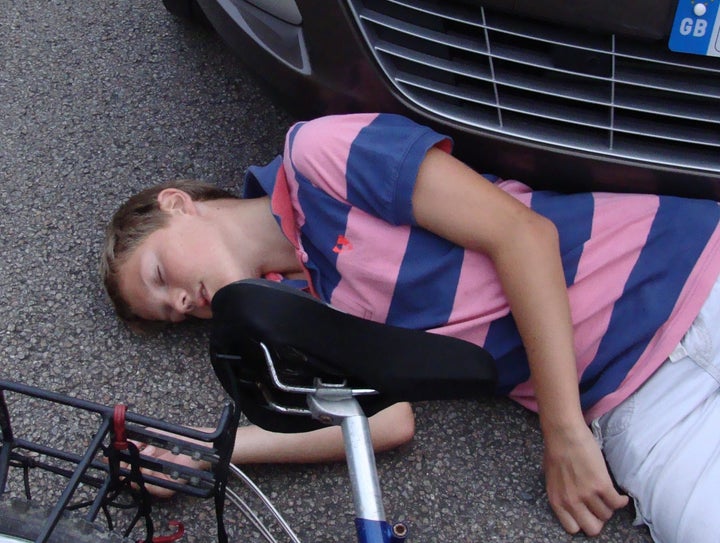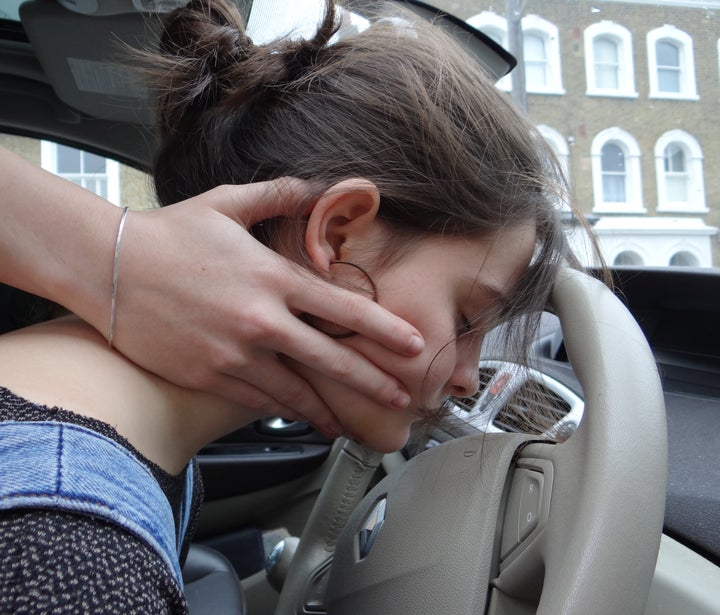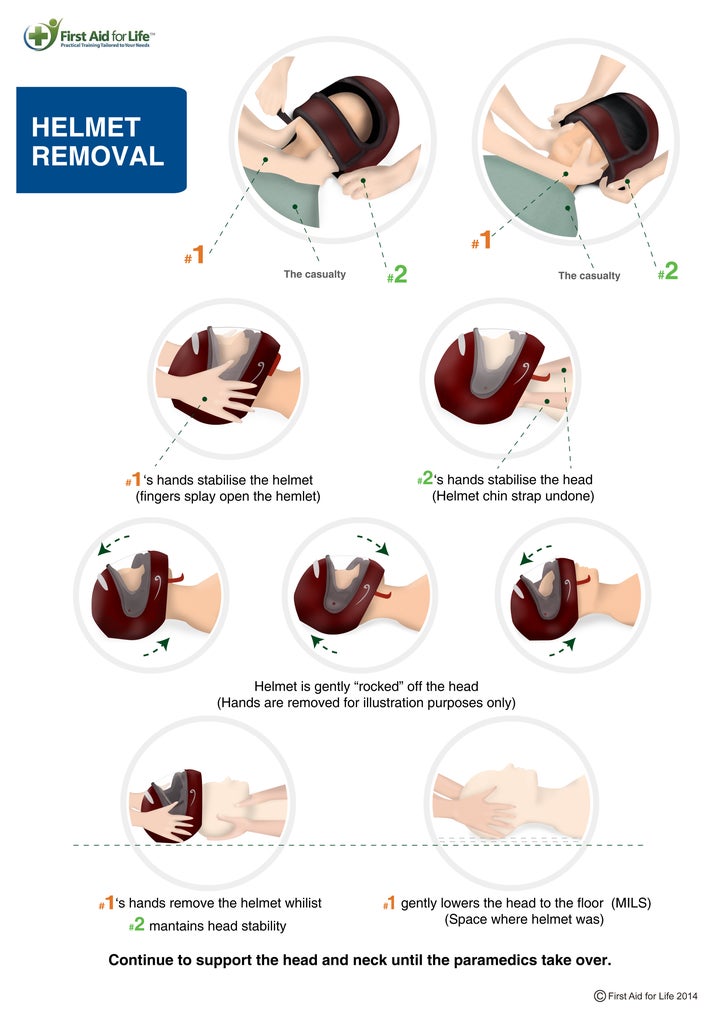Between June 2016 – June 2017, a horrifying 27,130 people were killed or seriously injured as the result of accidents on the road. In most EU countries, first aid forms a mandatory element of driving tests. However, in the UK first aid training is not an integral part of the test and consequently most UK drivers involved in accidents are unlikely to have the necessary skills to help if they are first on scene at a road traffic accident.

Key things to prepare to make your journey safer:
Planning – know your route. Do not rely entirely on your Sat Nav. Getting lost is stressful and that in itself, can prove dangerous.
Strapping in while wearing a coat can render your seat belt ineffective, particularly in child car seats.
Never drive when tired and always check side effects on prescription medication for any warning they could cause drowsiness. Take the advice seriously.
Minimise distractions – if children become fractious during a journey, stop at the first safe opportunity. Never be tempted to try and help them whilst driving. Pets should ideally be in travel cases or travel safely and comfortably in the boot of an open hatchback. Take regular stops.
Mobile phones, Sat Nav and other technical distractions are dangerous.
Car seats
It is critical that children are in the most appropriate car seat for their height and weight. UK law states children must use a child car seat until they’re 12 years old or 135cm (4ft 5in) tall, whichever comes first. But safety experts recommend you use a child car seat for all children under 150cm (4ft 11in). ... The driver is legally responsible for children being in car seats while travelling. You must wear a seat belt if there is one fitted to the seat you are in. Failure to wear a seat belt carries a £500 fine.
How to help at the scene of a car accident:
Your safety is always the priority when approaching the scene of an accident. Ensure all traffic is stationary and people are aware that there has been an accident. If there is spilled fuel or other fire hazards turn off car ignitions. Ensure vehicle hazard lights are turned on and use a warning triangle if possible.
If there are other people around, ask them to phone the emergency services however if you are on your own, your priority is to assess the situation and treat any life-threatening conditions first and then call for an ambulance.
Quickly establish how many vehicles have been involved in the collision and assess the occupants of all the vehicles to ensure none of the casualties have life-threatening injuries. People screaming, crying and making a noise have to be breathing! – your priority at this point is to check anyone quiet and motionless.
If anyone is not moving:
Immediately gauge whether they are conscious. If there is no response, check if they are breathing.
Unresponsive and breathing:
Support them in a position where they are leaning forward or to one side to ensure the airway remains open. Move them as little as possible and avoid twisting them. Keep talking to the casualty calmly as they will be able to hear you, even if they are unconscious and keep them warm and dry.

Unresponsive and not breathing:
If the casualty is not breathing you will need to resuscitate them. If you are on your own and haven’t called an ambulance yet, do so now. Ask the emergency services for their advice on the best way to resuscitate as it is extremely difficult to resuscitate a casualty is in a car.
Only attempt to remove an unconscious person from their vehicle if there is an immediate danger to their life, e.g. from fire, flood, or explosion. It is very difficult to extricate an unconscious person from a vehicle and there is a major risk of exacerbating their injuries and of injuring yourself in the process. Again, the emergency services can advise you.
Conscious mobile casualties should be cared for by bystanders, kept warm and dry and removed from wreckage to a safe area. Treat major bleeding and life-threatening injuries first.
Anyone trapped in a vehicle should be monitored carefully and the emergency services notified immediately. If someone has been crushed; note the exact time when that the accident occurred as this is important in deciding on how and when to release the casualty.
Do not allow anyone to smoke at the scene or give the casualties anything to eat or drink following the accident in case they may need a general anaesthetic.
If a motorcyclist is involved in the accident, only remove their helmet if they are unconscious and there is no other way to assess their breathing or their airway is in danger. There is usually a way of lifting the visor, it may be sensible to loosen their chin strap.

If a casualty has been hit by a car and they are lying on their back unconscious and breathing – they should be carefully log-rolled into the recovery position to keep their spine in line. Ideally, this should be done with the support of others to avoid twisting the spine.
If a casualty has been hit by a vehicle or thrown from one and they are conscious in the road, encourage them to stay still. Ensure that someone is directing traffic and maintaining safety. Support their head and neck, keep them warm and dry and wait for the emergency services.
It is strongly advised that you complete an online or attend a practical first aid course to understand what to do in a medical emergency. Visit www.firstaidforlife.org.uk, www.onlinefirstaid.com or call 0208 675 4036 for more information about our courses.
First Aid for Life provides this information for guidance and it is not in any way a substitute for medical advice. First Aid for Life is not responsible or liable for any diagnosis made, or actions taken based on this information.